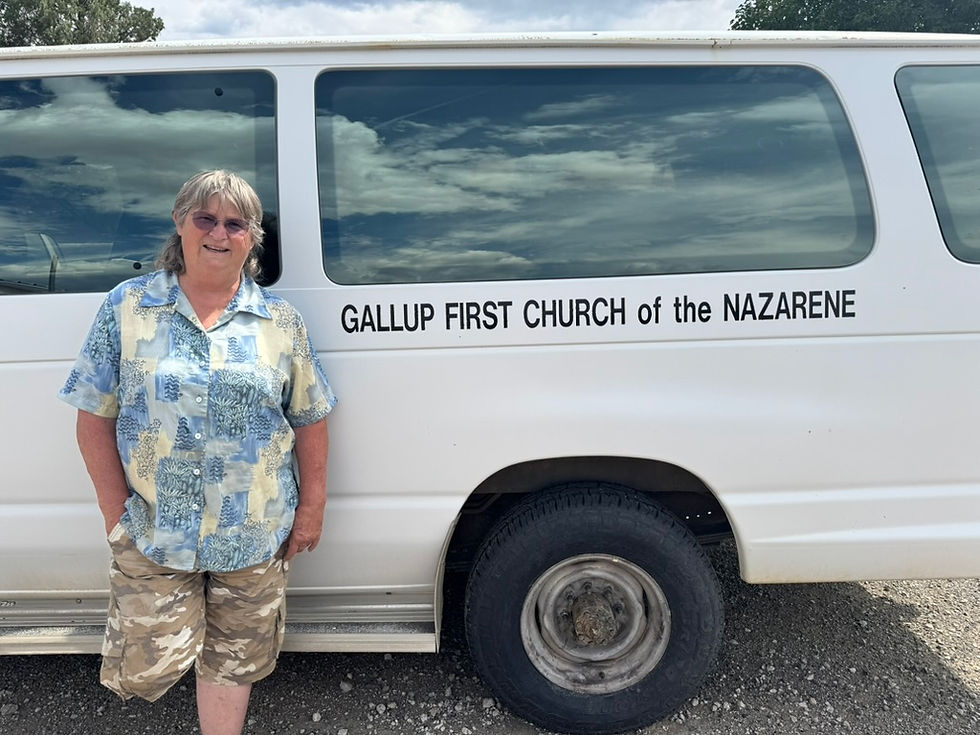Firewood Banks' Role in Fuel Reduction
- Darian Dyer

- Aug 16, 2024
- 2 min read
Firewood banks are vital community components that help reduce energy burdens on local residents and potentially save lives. Another service that firewood banks offer to their surrounding community could also be fuel reduction to prevent adverse wildfire situations. This is particularly true for rural communities and areas classified as being a wildland urban interface (WUI). The U.S. Fire Administration defines wildland urban interface as a “...zone of transition between unoccupied land and human development. It is the line, area or zone where structures and other human development meet or intermingle with undeveloped wildland or vegetative fuels.” You can find a U.S. map of WUIs identified by the U.S. Forest Service through their Wildland Urban Interface: 2020 (Map Service).

In these areas particularly at risk for uncontrolled and/or highly destructive wildfires, firewood banks can partner with local management offices and fire departments to collect firewood in areas marked high priority for fuel reduction. By being an outlet for taking the fuel and redistributing it after processing, firewood banks gather wood that would have otherwise been burned in a slashpile and elevate it to a higher use for the good of the community. It is a fantastic win-win scenario for all involved. The U.S. Forest Service refers to this type of fuel reduction as one technique in their fuels management tool bag, helping to create more resilient forests and reduce community risk.
There is potential for more firewood banks to embody this idea of fuel reduction in their overall mission if they are located within a WUI location or a rural area prone to destructive wildfires. For example Crestone Energy Exchange, a 2022-2023 grantee, recognizes that part of their wood distribution mission is to reduce fuel for wildfires since they are located in a WUI area. Another example comes from a new applicant in the grant process now, the Four Mile Fire Protection District Community Wood Lot, which distributes firewood gained while undertaking landscape-scale mitigation projects in Colorado. Calling attention to the many ways firewood banks can contribute to both forest management and decreasing energy poverty is important for stakeholders to understand. Not only does this increase the visibility of firewood bank work (which can help grow funding, volunteers, and outreach to potential recipients), but it can also help open up discussions that can lead to deeper, often more dynamic and sustainable, governmental-private-civil society partnerships.




Comments